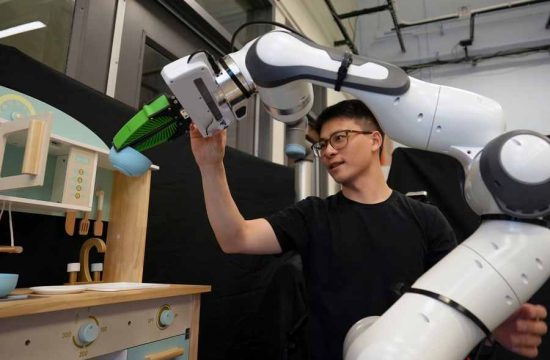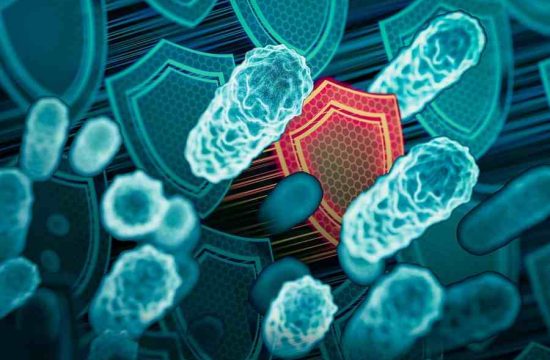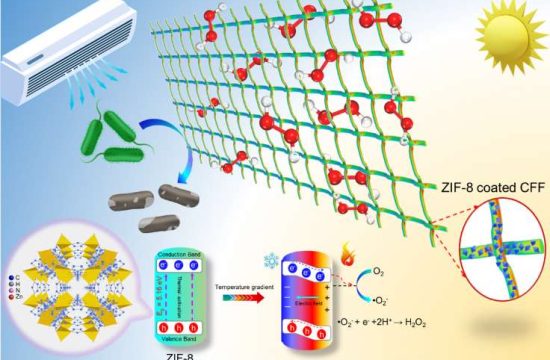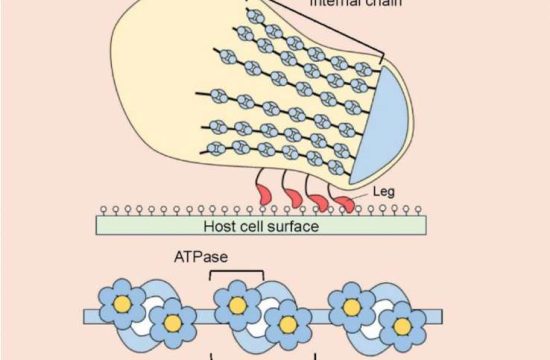Electrochemical method can remove even tiny amounts of contamination.
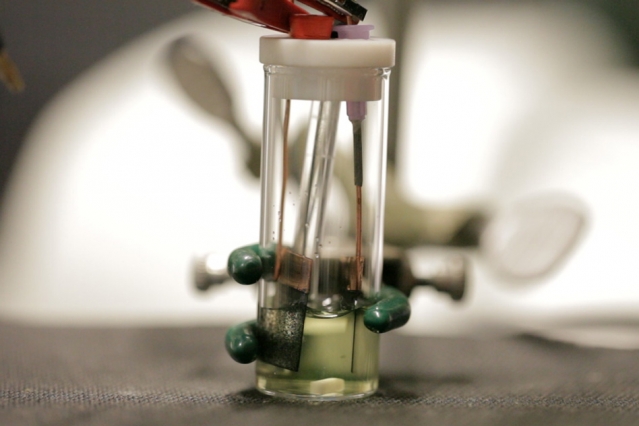
Photo: Melanie Gonick/MIT
CAMBRIDGE, Mass. — When it comes to removing very dilute concentrations of pollutants from water, existing separation methods tend to be energy- and chemical-intensive. Now, a new method developed at MIT could provide a selective alternative for removing even extremely low levels of unwanted compounds.
The new approach is described in the journal Energy and Environmental Science, in a paper by MIT postdoc Xiao Su, Ralph Landau Professor of Chemical Engineering T. Alan Hatton, and five others at MIT and at the Technical University of Darmstadt in Germany.
The system uses a novel method, relying on an electrochemical process to selectively remove organic contaminants such as pesticides, chemical waste products, and pharmaceuticals, even when these are present in small yet dangerous concentrations. The approach also addresses key limitations of conventional electrochemical separation methods, such as acidity fluctuations and losses in performance that can happen as a result of competing surface reactions.
Current systems for dealing with such dilute contaminants include membrane filtration, which is expensive and has limited effectiveness at low concentrations, and electrodialysis and capacitive deionization, which often require high voltages that tend to produce side reactions, Su says. These processes also are hampered by excess background salts.
In the new system, the water flows between chemically treated, or “functionalized,” surfaces that serve as positive and negative electrodes. These electrode surfaces are coated with what are known as Faradaic materials, which can undergo reactions to become positively or negatively charged. These active groups can be tuned to bind strongly with a specific type of pollutant molecule, as the team demonstrated using ibuprofen and various pesticides. The researchers found that this process can effectively remove such molecules even at parts-per-million concentrations.
Previous studies have usually focused on conductive electrodes, or functionalized plates on just one electrode, but these often reach high voltages that produce contaminating compounds. By using appropriately functionalized electrodes on both the positive and negative sides, in an asymmetric configuration, the researchers almost completely eliminated these side reactions. Also, these asymmetric systems allow for simultaneous selective removal of both positive and negative toxic ions at the same time, as the team demonstrated with the herbicides paraquat and quinchlorac.
The same selective process should also be applied to the recovery of high-value compounds in a chemical or pharmaceutical production plant, where they might otherwise be wasted, Su says. “The system could be used for environmental remediation, for toxic organic chemical removal, or in a chemical plant to recover value-added products, as they would all rely on the same principle to pull out the minority ion from a complex multi-ion system.”
The system is inherently highly selective, but in practice it would likely be designed with multiple stages to deal with a variety of compounds in sequence, depending on the exact application, Su says. “Such systems might ultimately be useful,” he suggests, “for water purification systems for remote areas in the developing world, where pollution from pesticides, dyes, and other chemicals are often an issue in the water supply. The highly efficient, electrically operated system could run on power from solar panels in rural areas for example.”
Unlike membrane-based systems that require high pressures, and other electrochemical systems that operate at high voltages, the new system works at relatively benign low voltages and pressures, Hatton says. And, he points out, in contrast to conventional ion exchange systems where release of the captured compounds and regeneration of the adsorbents would require the addition of chemicals, “in our case you can just flip a switch” to achieve the same result by switching the polarity of the electrodes.
The research team has already racked up a series of honors for the ongoing development of water treatment technology, including grants from the J-WAFS Solutions and Massachusetts Clean Energy Catalyst competitions, and the researchers were the top winners last year’s MIT Water Innovation Prize. The researchers have applied for a patent on the new process. “We definitely want to implement this in the real world,” Hatton says. In the meantime, they are working on scaling up their prototype devices in the lab and improving the chemical robustness.
The team also included Kai-Jher Tan, Johannes Elbert, and Robert R. Taylor Professor of Chemistry Timothy Jamison at MIT; and Christian Ruttiger and Markus Gallei at the Technical University of Darmstadt. The work was supported by a seed grant from the Abdul Latif Jameel World Water and Food Security Lab (J-WAFS) at MIT.




